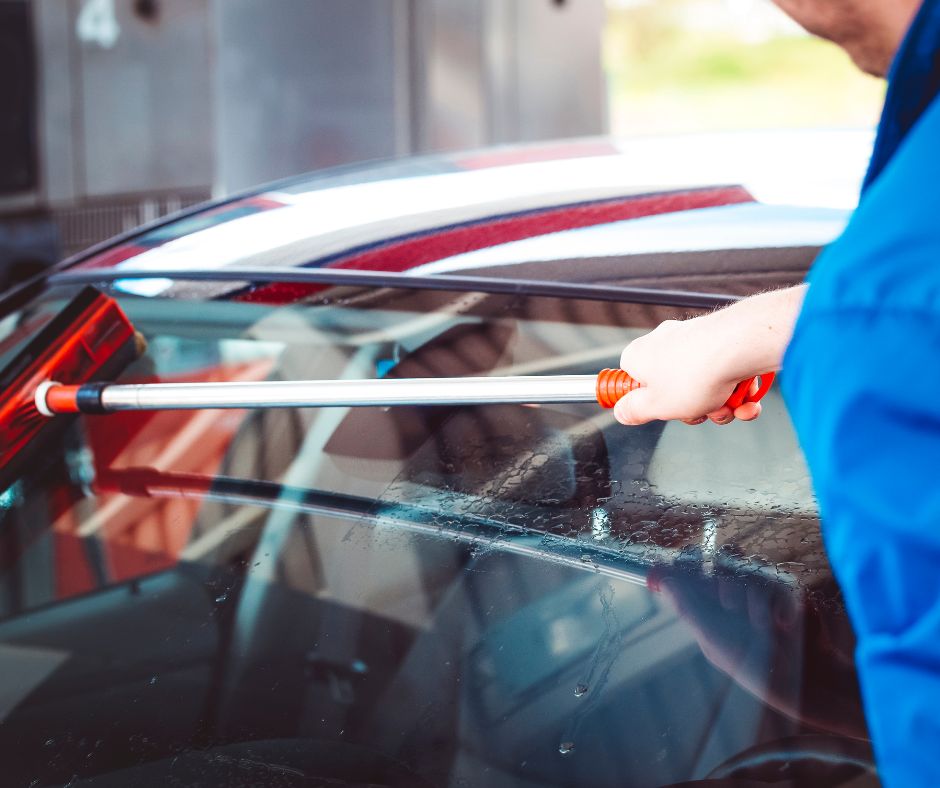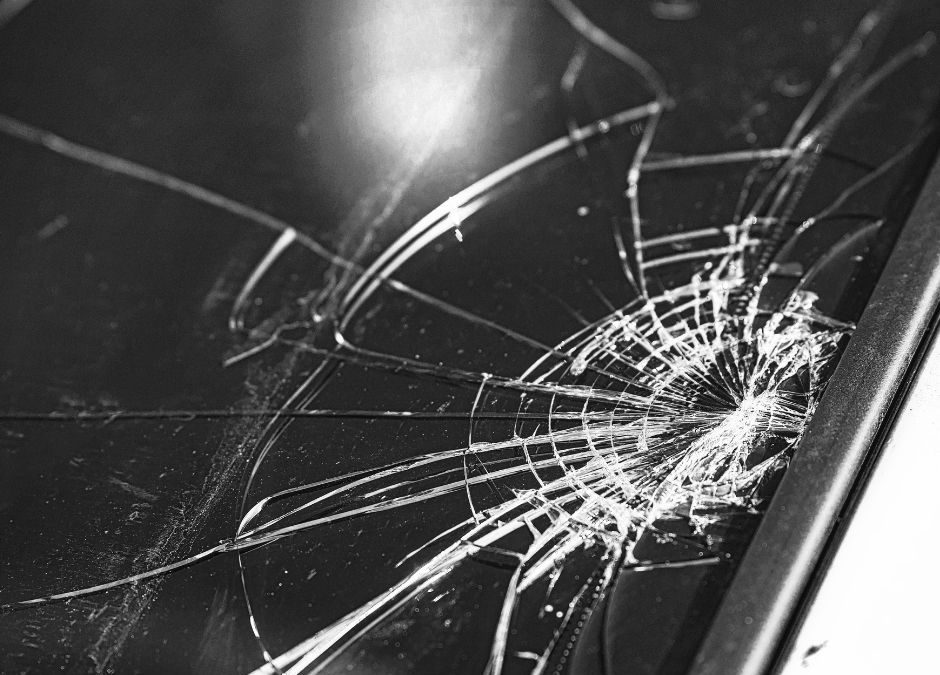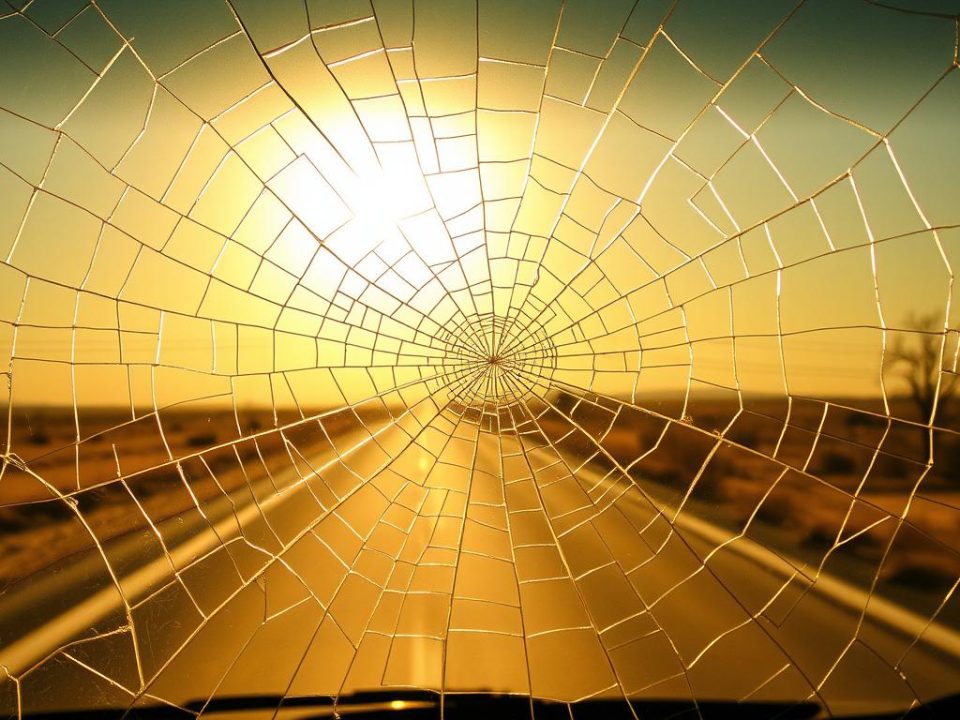
Expert Windshield Repairs That Don’t Empty Your Wallet

Fast Car Window Replacement in San Antonio by Miracle Auto Glass
Your windshield is an essential component of your car, serving not only to protect you and your passengers from danger, but also helping airbags activate properly in an accident.
Maintaining your windshield in good condition will both safeguard you from harm and increase its value – here’s how you can do so without breaking the bank!
1. Windshield Repair
Cracked windshields are one of the most common maintenance issues car owners encounter, from rocks and road debris to bird feathers. But don’t fret: There are ways you can prevent yours from worsening!
First step when dealing with windshield cracks is assessing if they can be repaired or not. If the crack extends into the interior of your windshield, replacing it may be a better solution, as cracks that reach into this space may pose structural risks and threaten your safety on the road.
Cracked windshields typically can be repaired without needing to replace them, if the crack is smaller than a quarter in width and doesn’t impede your view while driving. However, it’s still wise to have it addressed promptly in order to prevent further damage due to weather changes and stress from driving over speed bumps or potholes which may further spread the crack.
Damaged windshields may interfere with the performance of advanced driver assistance systems (ADAS) such as rain sensors and lane departure warnings, making it necessary to replace them to ensure uninterrupted function of these advanced driver assistance systems. If these ADAS are near to your windshield, replacing it may prevent disruptions to their functions and maintain optimal functionality of these advanced driver assistance systems.
2. Windshield Replacement
Cracked windshields might seem harmless at first, but even minor imperfections can quickly worsen into something much worse and be dangerous on the road. This is especially true if they extend into your driver’s line of vision and make it hard for him or her to orient themselves properly; leading to glares or distortions and impairing driver visibility.
It is essential to properly identify all types of windshield damage: some can be repaired by the car owner while others should be handled by professionals. It is vitally important that one understands the different categories: chips, cracks and edge cracks.
Chips (or pits) are small circular imperfections found on glass surfaces typically caused by rock strikes or another impact that damages it. Repairing this damage may be the hardest and requires professional services. As an interim solution, you could use clear nail polish or super glue until professional solutions become available.
Cracked windshields often necessitate full replacement rather than repairs, particularly those resembling an oblong or “target” crack with multiple cracks running from circular chips – these types of damage cannot be fixed and pose a significant safety risk to drivers.
3. Windshield Replacement Cost
Costs of replacing a windshield can depend on its size and type of damage. Certain cracks and chips may be more challenging to repair than others; for instance, straight line cracks tend to be easier than jagged or bullseye chips.
Windshield replacement costs can also depend on whether or not your vehicle features advanced driver assistance systems (ADAS), like lane keeping or adaptive cruise control. These features require specific sensors and cameras in order to function, and must be recalibrated if a windshield replacement takes place.
Cracked windshields can significantly hinder driving vision and should be addressed as quickly as possible, to maintain safe driving and minimize distractions. Furthermore, damaged windshields compromise structural integrity of cabins, increasing risk for frontal collision or rollover incidents.
Assuming you have comprehensive coverage on your policy, most insurers will cover the costs associated with replacing a broken windshield; however, your actual refund depends on its severity and your deductible amount.
4. Windshield Replacement Insurance
Cracked or chipped windshields are inevitable for all cars at some point. From pebbles kicked up by passing trucks to collisions between vehicles, the damage done to your windshield could quickly grow into an expensive issue.
If the crack obstructs your view or extends more than five inches, replacing your windshield would likely be more cost-effective than trying to repair it. Most comprehensive policies cover such damage.
Filing a claim for your cracked windshield follows a similar process to filing any other insurance claim. Simply contact your car insurer and inform them of the damage, then they may direct you towards an approved glass repair shop, or may even send someone directly out. Make sure that any receipts from these repairs or replacements are saved as your insurance company will require these documents in order to reimburse you.
Note that filing an insurance claim could increase your rates. To help prevent this from occurring, consider selecting a plan without claims-related rate increases and speaking to an independent agent today about ways you can mitigate this potential pitfall in your car coverage plan.




